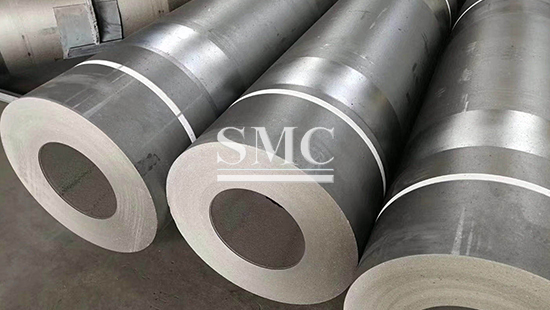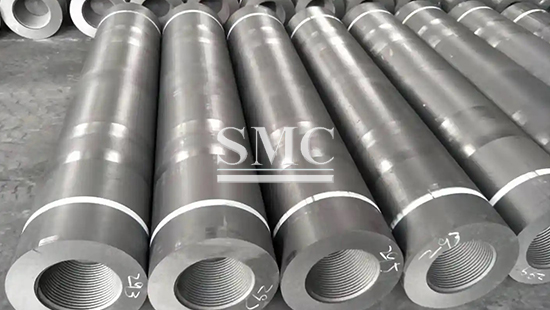
- Company overview The heart of SMC Vision & Philsophy Partnership Certifications Company culture
- Our service Design and Engineering Maintenance and Service Examine Production Line Upgrade and Transformation Storage and Logistics Processing, Trading and Distributor
- Management Our history Global responsibility Info Center
- Procurement center Internship
- Metal Steel Products Stainless Steel Products Aluminum Products Copper Products Galvanized Steel and PPGI Special Alloy Building Material
- Containers ISO Standard Container Equipment Container Storage Container Refrigerated/Reefer Container Offshore Container Container House Tank Container Container Fittings Container Trailer
- Gas Cylinder & Fire Extinguisher Cryogenic Liquid Cylinder Oxygen Gas Cylinder Storage Tank CNG Gas Cylinder LPG Gas Cylinder Hydrogen Gas Cylinder Nitrogen Gas Cylinder Industry Gas Cylinder Fire Extinguisher
- Metal Machinery Forming Machine Cutting Machine Processing Machine Bending Machine Block Machine Other Machinery Motor Spare Parts
- Mechanical Products Miscellany Mooring Equipment Marine Equipment Vehicle Industry Pressure Vessel Conveyor Belt Laser Equipment Bearing
- Electrical System Power Distribution Automation Electrical Cable Solar Power System Electric Protection System Transformer Production Line Lighting System
- Project Plastic Pipes and Pipe Fittings Fiberglass Reinforced Plastic Pontoon System
Graphite Electrode
The anti-oxidation technology of graphite electrodes achieves performance improvement through surface treatment process and structural optimization. The pretreatment process includes mechanical polishing, pressurized water washing and drying, and the vacuum impregnation method is used to infiltrate the impregnation solution containing components such as silicon dioxide and aluminum oxide into the electrode pores to form a protective layer.
In the double-layer structure design, the outer layer is equipped with a dual protection system of isolation coating and anti-oxidation coating, which penetrates the holes to optimize the gas flow structure. The silicon-borate-aluminum-aluminum multilayer coating is constructed by flame spraying process, which can maintain conductivity and reduce electrode consumption in the temperature range of 750-1500℃ by 18%-30%.
Nano antioxidant technology uses nano oxide ceramic powder and graphene composite system to form a dense oxide film to reduce resistivity.

Surface treatment process
The anti-oxidation layer is formed by vacuum impregnation process. The impregnation liquid contains silicon dioxide (≤25%), aluminum oxide (≤5.0%), phosphorus pentoxide (≤5.0%), boron oxide (≤0.5%) and other components. The penetration depth is ensured by 120 minutes of vacuum treatment
The pretreatment includes three steps: mechanical polishing to remove surface impurities, pressurized water washing to remove residues, and hot air and infrared combined drying process (250-300℃×24-30 hours)
Vacuum plasma spraying technology forms a 3-11μm thick SiC outer protective layer on the side wall of the electrode, and cooperates with 1650-1850℃ vacuum siliconization process to construct a 40-250μm inner layer structure

Quality control and maintenance
Graphite electrodes need to be frequently controlled and maintained during use to ensure their performance and service life. Common graphite electrode quality control and maintenance measures include the following aspects:
1. Detect the physical and chemical properties of graphite electrodes, including density, conductivity, strength and other indicators, to ensure that they meet the specified standards and requirements.
2. Use appropriate coating and anti-corrosion treatment technology to extend the service life of the electrode and reduce maintenance costs.
3. Regularly clean and repair to eliminate problems such as oxidation and wear on the electrode surface and maintain its surface smoothness and conductivity.
4. Monitor and control environmental parameters such as temperature and pressure to ensure that the graphite electrode is not subjected to excessive thermal stress and mechanical stress during use.

Uses and performance
(1) Used in electric arc steelmaking furnaces: Electric furnace steelmaking is a major user of graphite electrodes. my country's electric furnace steel production accounts for about 18% of crude steel production, and graphite electrodes for steelmaking account for 70% to 80% of the total graphite electrode consumption. Electric furnace steelmaking uses graphite electrodes to introduce current into the furnace and uses the high-temperature heat source generated by the arc between the electrode end and the charge for smelting.
(2) Used in electric furnaces: Electric furnaces are mainly used to produce industrial silicon and yellow phosphorus. Their characteristics are that the lower part of the conductive electrode is buried in the charge, forming an arc in the charge layer, and using the heat energy generated by the charge's own resistance to heat the charge. Electric furnaces that require higher current density require graphite electrodes. For example, about 100 kg of graphite electrodes are consumed for every ton of silicon produced, and about 40 kg of graphite electrodes are consumed for every ton of yellow phosphorus produced.
For more information, please visit: https://www.shanghaimetal.com/graphite_electrode-16108.htm
For our full list of products that we offer check out our website here. Be sure to join the conversation in our LinkedIn group, Facebook, Twitter.
Try also our WeChat by scanning the QR code below.
Fever L.//SMC Editor

